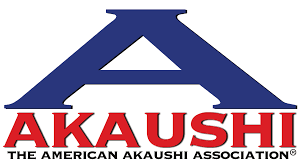- Equipment: Before calving season starts do a walk-through of pens, chutes, and calving stalls. Make sure that all are clean, dry, strong, safe, and functioning correctly. This is a lot easier to do on a sunny afternoon than on a dark night when you need them.
- Protocol: Before calving season starts develop a plan of what to do, when to do it, who to call for help (along with phone numbers), and how to know when you need help. Make sure all family members or helpers are familiar with the plan. It may help to write it out and post copies in convenient places. Talk to the local veterinarian about the protocol and incorporate his/her suggestions. Make certain to call the veterinarian for professional assistance as soon as you identify a difficult birth that you are incapable of handling yourself.
- Lubrication: Many lubricants have been used and one of the best lubricants is probably the simplest – non-detergent soap and warm water.
- Supplies: The stockman should always have in his medicine chest the following: disposable obstetrical sleeves, non-irritant antiseptic, lubricant, obstetrical chains (60 inch and/or two 30 inch chains), two obstetrical handles, mechanical calf pullers, and injectable antibiotics. Do not forget the simple things like a good flashlight with extra batteries and some old towels or a roll of paper towels. It may be helpful for you to have all these things and other items you may want to include packed into a 5 gallon bucket to make up an obstetrical kit so you can grab everything at once.
For more information before the upcoming calving season, download and read the Oklahoma State University Extension Circular E-1006 "Calving Time Management for Beef Cows and Heifers." ![]()
Glenn Selk is an emeritus extension animal scientist at Oklahoma State University.








